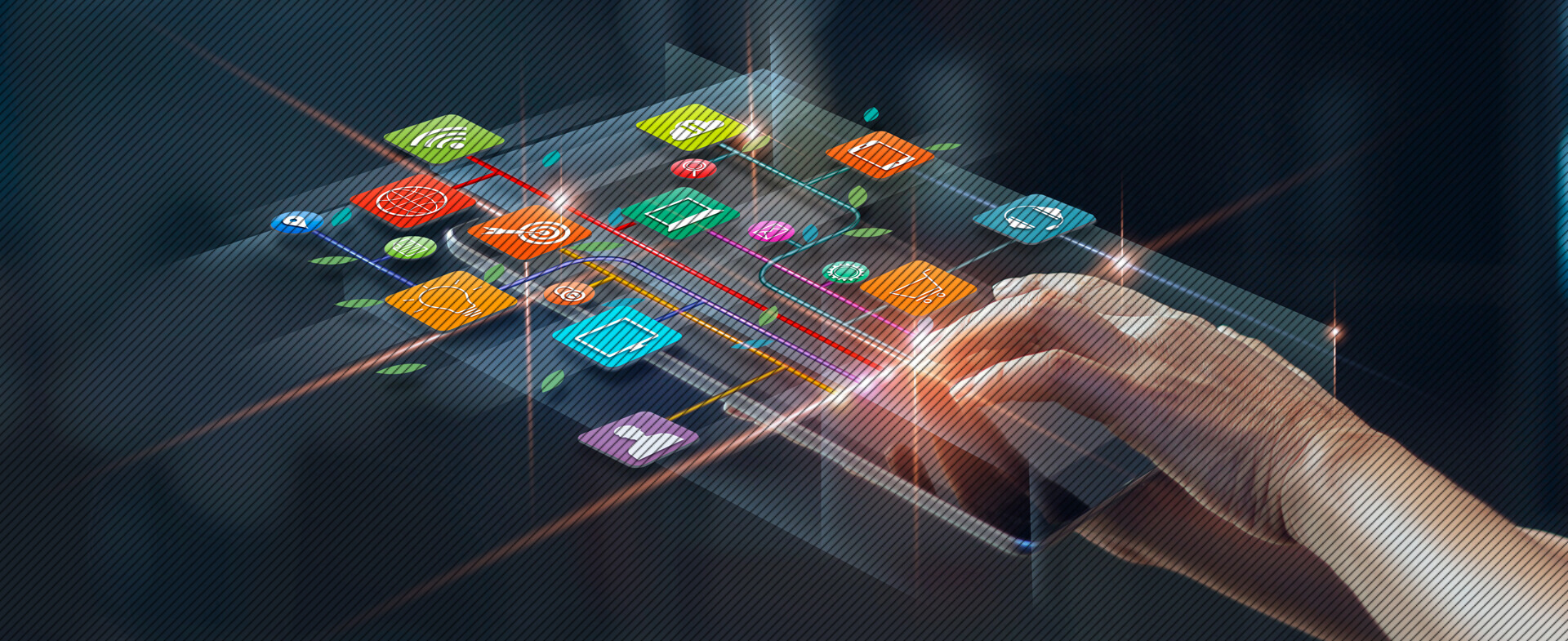The term ‘digitization’ is circulated on a wide global scale these days and is deemed a defining concept of the era, to the point where it has become a core objective for governmental, institutional and banking programs across various lines of work and sectors.

Digitization
What is Digitization?
Perhaps the simplest definition of digitization is the incorporation of technology in all aspects of life by utilizing the information and communication revolution and the unlimited applications of modern technology, which have transformed the world into a small village by means of massive potentials, especially in terms of speed in transferring and exchanging data, creating radical shifts in lifestyle, work and communication. An example of that is the emergence of artificial intelligence applications and the internet of things, among others.
Is Digitization confined to specific sectors or segments?
Digitization encompasses both institutions and individuals from all walks of life (consumers), seeing as it addresses institutions’ ability to empower individuals to achieve more by providing the right technology as consumers move more and more towards the use of digital services.
When it comes to institutions, digitization revolves around the transition into the utilization of modern technology and its applications to improve the institution’s performance and enhance its competitive edge.
As for individuals, digitization is mainly centered in attaining basic service and doing business with the press of a button on their personal computers, smartphones or tablets, eliminating the need for in-person visits to institutions or phone calls to their customer-service centers, except in specific cases that require complicated procedures.
Key channels for common Banking e-services

A package of banking services can be accessed through the internet on the bank’s website. This platform is considered to be a special branch of the bank, through which a client cant access services 24/7 using a registered username and password.

The package of banking services is available on banks’ applications that can be downloaded for free on smartphones and tablets and allow clients to conduct all the banking procedures available through the website, but with a higher degree of safety due to advanced multi-layered cyber-security technology, such as passwords, validation codes through text messages and code-generating tools.

A number of services are offered via the banking call center, which is considered the oldest form of electronic services. Through the call center, clients can undertake or confirm transactions either through self-registration; by entering the bank account number or the debit card number, or through speaking directly to a customer service officer.

Several basic services are available via the bank’s ATMs, accessed using a Visa card or the widely accepted ATM card, which is being manufactured today with advanced tech that includes very high security and data protection specifications. Services offered through this channel include checking balance, withdrawals, deposits, transfers, bill payments and changing the card’s passcode, among others.

Instant or quick response can be granted through the bank’s social media accounts, including round-the-clock answers to inquiries. With continuing advancements, the artificial intelligence application ‘chat-bot’ has been integrated on banks’ social media channels as an innovative solution for interacting and offering virtual assistance for performing several transactions via Facebook or websites, including receiving client applications, among other services, in addition to promoting new services, products or announcements.




